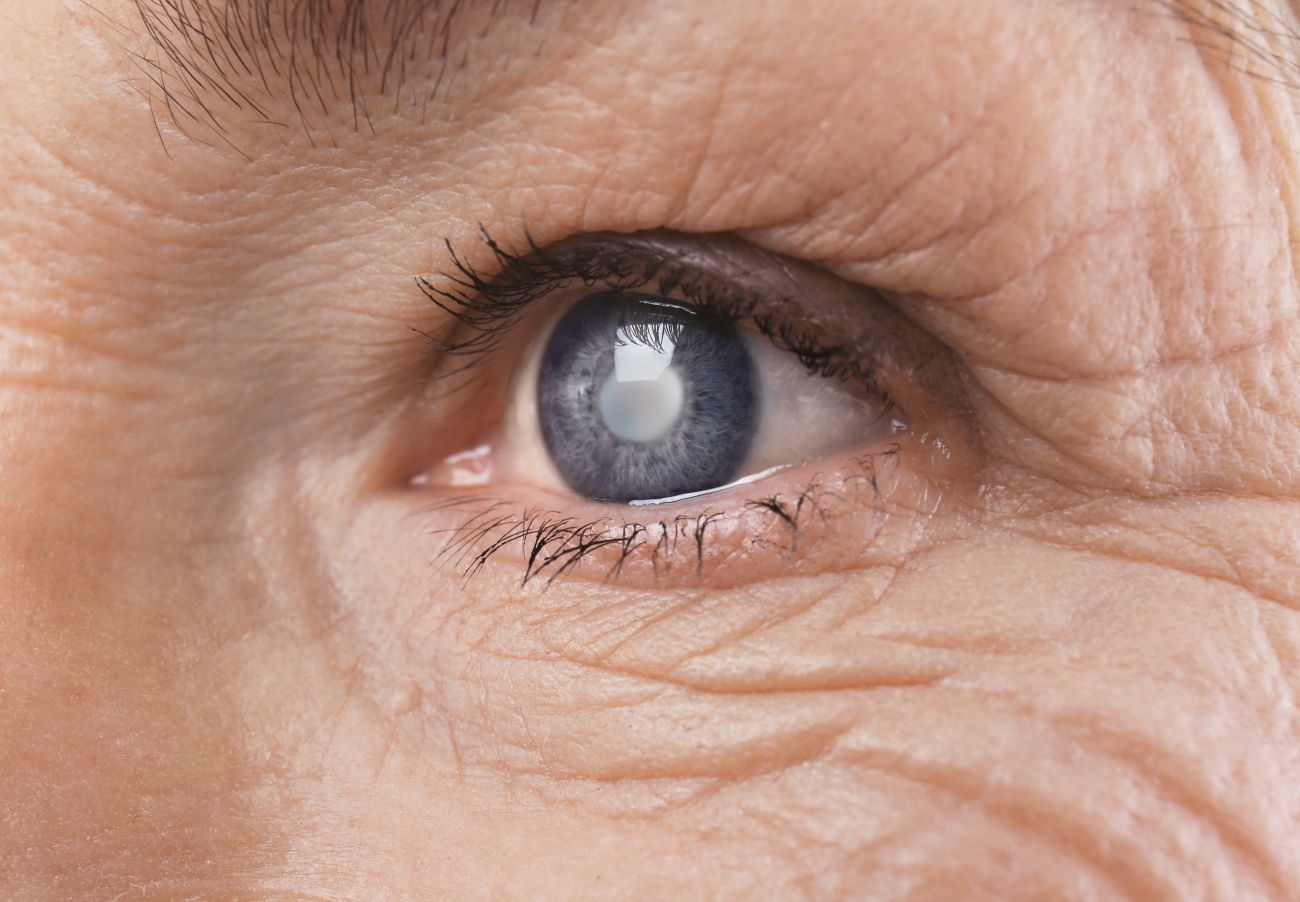Growing older comes with less work, though health-related complications sure do seem to enter the forefront of your life as you age. Fortunately, you can learn everything you need to know about cataracts with a search online!
With a little bit of research and regular visits to your family physician can keep your body healthy and your vision clear. Today, we’re going to look at cataracts and what you can do to protect your vision as you age.
What are Cataracts?
You’ve no doubt heard mention of cataracts in passing, but you’d be forgiven for being unfamiliar with the finer points of this common ocular condition.
Cataracts occur when a protein builds on the lens of your eye. This protein buildup can prevent light from passing through clearly, which can cloud a person’s vision and even lead to a loss of eyesight.
In general, cataracts develop in both eyes, though the extent to which each eye is affected can vary greatly from patient to patient.
Risk Factors
Aging is the most prominent risk factor for developing cataracts. As a person gets older, the lenses of their eyes get less flexible, less transparent, and thicker. This can cause the tissues within the lens to break down, clump together, and develop cataracts. But age is far from the only risk factor.
Other risk factors include:
- Diabetes;
- Excessive exposure to sunlight;
- Smoking;
- Obesity;
- High blood pressure;
- Excessive alcohol consumption or;
- Sustaining an eye injury.
Types of Cataracts
Not all cataracts are created equally. In fact, there are as many as seven distinct classifications of cataracts.
Nuclear cataracts form in the middle, or nucleus, of the lens. Cortical cataracts are wedged shaped and appear around the edges of the nucleus. Posterior capsular cataracts form quickly and target the back of the lens.
There’s also congenital, secondary, traumatic, and radiation cataracts, which are all classified by the cause of their appearance. Congenital cataracts, for example, are present at birth or form during the baby’s first year.
Symptoms
Cataracts symptoms can be severe and life-altering.
Common signs of developing or established cataracts are:
- Blurry vision;
- Difficulty seeing at night;
- Seeing colors as faded;
- Sensitivity to glare;
- Halos surrounding lights;
- Double vision, and;
- A need to frequently change prescriptions.
If you do notice these symptoms, consider visiting your eye doctor to see about an examination.
Diagnosis
Doctors rely on a tried-and-true series of tests to diagnose cataracts.
A comprehensive eye exam will involve an eye chart test along with a tonometry test to measure your eye pressure. Your doctor may also test your sensitivity to glare and your perception of colors.
Though the examination rarely strays from the typical eye tests, it may include eye drops designed to dilate your pupils, making it easier to examine the back of your eyes.
Prevention
Your risk of developing cataracts increases as you age. But you are far from defenseless.
Preventing the development of cataracts is as simple as wearing sunglasses and a hat to protect your eyes from the sun. Eating plenty of fruits and vegetables, maintaining a healthy diet, and refraining from or quitting smoking will also help.
And, if you’re over the age of 60, be sure to get a dilated eye exam at least once every two years.
Living with Cataracts
There are several at-home treatments and lifestyle adjustments that could help mitigate the symptoms of cataracts. These include:
- Outfitting your home with brighter lights;
- Purchasing and wearing anti-glare sunglasses when out and about, and;
- Using magnifying glasses for reading can certainly make your life easier.
It may be prudent to seek out a new prescription for your eyeglasses or contacts as well. Though all temporary solutions, these helpful tips can help delay the need for cataracts surgery.
When is it Time to Consider Cataracts Surgery?
Cataract surgery is a procedure that removes the clouded lens of the impacted eye and replaces it with a synthetic, clear version. Though invasive, the recovery time is minimal. Plus, the success rate of the procedure is very high.
But, when should you consider cataracts surgery?
That’s entirely up to you. In truth, cataract surgery isn’t a life-or-death situation. It’s really a question of how much of an impact your cataracts are having on your day-to-day life.
If you have another eye condition or you’ve had a hard time navigating life with your vision being reduced, then it may be time to opt for surgical intervention.
Conclusion
Cataracts are a natural part of getting older. While you can protect yourself against developing cataracts, there’s no way to guarantee perfect eyesight.
Though it may be difficult to track the gradual development of cataracts yourself and it may be a bit frightening to discover your loss of eyesight, understand that cataracts are natural, treatable, and non-life-threatening.
There is life, and vision, after cataracts. Provided that you follow all the recommended steps that your doctor lays out for you.
